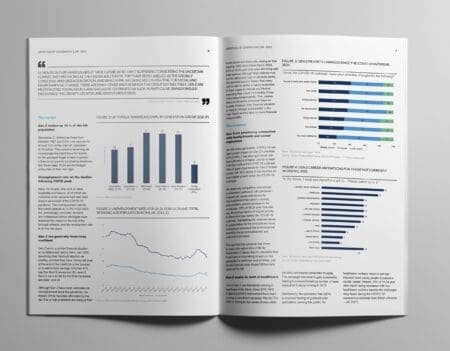In the shadow of competition, the soy market slumps
Chicago (April 15, 2011) – While it was once the must-have ‘super food,’ essential for any healthy diet, according to a new report from Mintel and data from SPINS, the soy food and beverage market declined 16% from 2008 to 2010. While some of this fall is due to the recession and consumers cutting back on premium-priced soy items, competition from other heart healthy foods and good-tasting, soy-free milk alternatives are also challenging the industry and hampering soy sales.
” aside from the depressed economy, consumers are experiencing soy burnout,”says David Browne, senior analyst at Mintel. “Not too long ago, American consumers were told soy is a ‘super food’ that they can’t get enough of, but now they’re hearing that they may be getting too much. With soy aversion now a relevant concern, there are tons of competitive products available that have made it easy to switch to something new. “
According to Mintel’s research, at least half of survey respondents use soy because they like the taste. Data suggest that health benefits resonate more with under-35s than their older counterparts. Interestingly, taste is also the main reason non-soy users steer clear of soy (45%). About a quarter of these non-users also indicate that soy is too expensive.
In terms of household usage, soy sauce is the most widely used soy product (42%), followed somewhat distantly by soy-based products that feature soy’s flavor/characteristics more prominently, including soymilk (19%), soy protein-based energy bars (15%), and edamame (14%).
“Product developers may be able to gain new users by blending soy ingredients with nuts and grains to create innovative, better tasting, and possibly more affordable food and beverages,” adds David Browne. ” among those who prefer alternatives to soy, 34% report having a preference for other non-dairy milk, such as coconut milk or oat milk and 21% specifically prefer almond milk. “
Looking ahead, Mintel expects that the market for soy food and beverages won’t perform well, declining another 17% during 2010 to 2012. This is primarily due to several factors including competitive non-soy-based product threats, higher ingredient prices passed on to consumers, soy burnout, and soy allergies.
-
Mintel StoreGet smart fast with our exclusive market research reports, delivering the latest data, innovation, trends and strategic recommendations....View reports
-
Mintel LeapMintel Leap is a revolutionary new AI-powered platform that will transform your research process....Book a demo







































